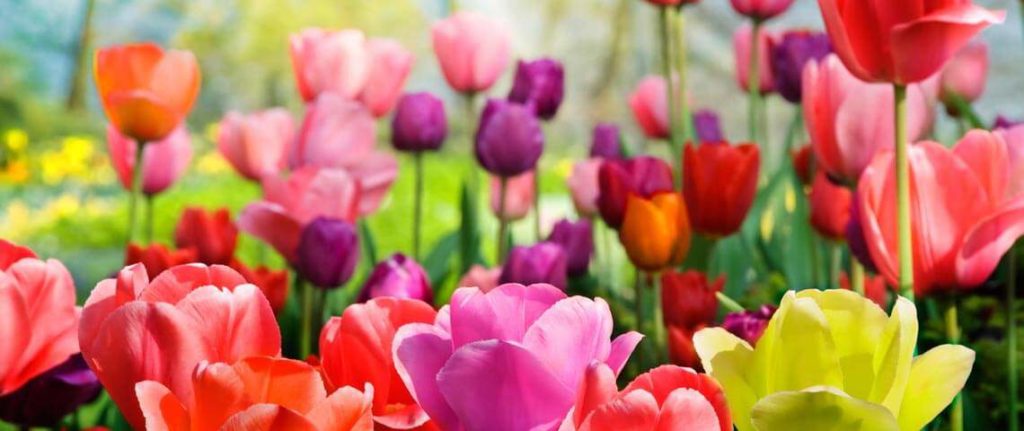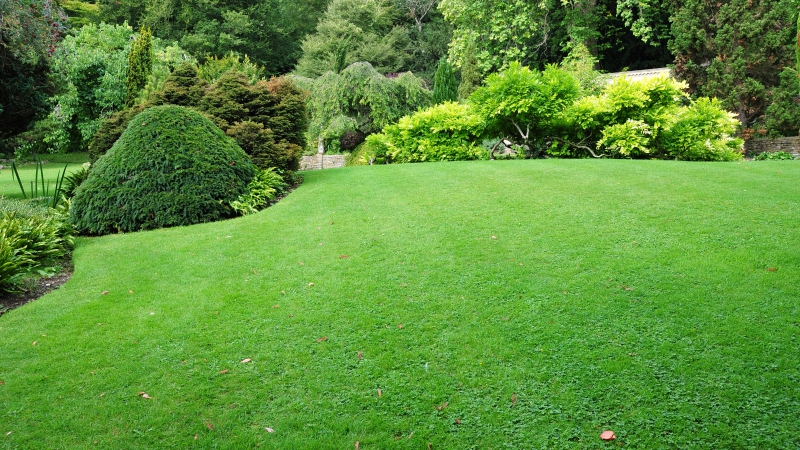When is the best time to start Spring planting?

You should hold off on planting until after Mother’s Day. The guideline is an important reminder that early spring isn’t the best time to start planting most things, but is it a hard-and-fast rule that everyone should follow?
When it comes to deciding when to plant flowers, vegetables, shrubs or anything else, what matters most is your particular area’s last frost date. That’s because, depending on the hardiness of the plant, gardening when temperatures still reach the 20s overnight could mean setting your garden up to fail. So, how does the Mother’s Day rule fit into that? Well, in many climate zones, Mother’s Day signifies late spring, or when night and morning frosts are almost (if not completely) over for the year. However, the rule doesn’t take into account warmer climates or hardier plants, both of which can have different planting rules. There’s some truth to the Mother’s Day rule, but it’s best to take it for what it is: a general guideline.
When to Plant Flowers
In general, annuals, perennials and bulbs all have different levels of hardiness. In other words, some grow well in cold weather and other hard-to-grow-in conditions while others need just the right amount of sunshine and warmth. The hardiest of flowers can be planted as soon as the soil in your garden can be worked, even if it’s several weeks before the last frost of the season. For half-hardy flowers, hold off until a couple weeks before the final frost, and for tender flowers, plant when there’s no chance of frost for the rest of the season.
When to Plant Vegetables
Like flowers, vegetables have different hardiness levels, and thrive in different circumstances. Cold-hardy vegetables, including spinach and onions, can be grown in cold early spring conditions, while others, like beets, carrots and potatoes, should be planted a little bit later. Wait until freezing temperatures have completely passed before you plant warm-weather veggies like squash, tomatoes, eggplant and basil.
When’s the best time to Fertilize?

Fertilizer is a key ingredient in growing and maintaining a green, healthy lawn. Unfortunately most homeowners don’t bother fertilizing because they simply don’t know which products to use, or how and when to apply them. And complicating the issue is that if lawn fertilizer isn’t applied correctly, it can actually do more harm than good.
Timing Is Everything
The very best time to fertilize your lawn is in the spring, when the soil temperature—not the air temperature—reaches 55º Fahrenheit. You’ll know when the soil warms up to 55º because the lilacs will begin to blossom and the grass will start growing. In most parts of the country that means the first application of lawn fertilizer should take place by about mid-April. So, if you haven’t started yet, now’s the time.
When shopping for fertilizer, you’ll find three numbers printed on the label. These numbers represent the percentage of nitrogen, phosphate, and potassium, respectively, which are the primary nutrients needed to feed your lawn. So, a 20-5-10 bag will have 20 percent nitrogen, 5 percent phosphate, and 10 percent potassium. The rest of the bag usually contains filler material that helps ensure an even application of the fertilizer. By the way, a 20-5-10 lawn fertilizer is a good basic mix to use in spring.
